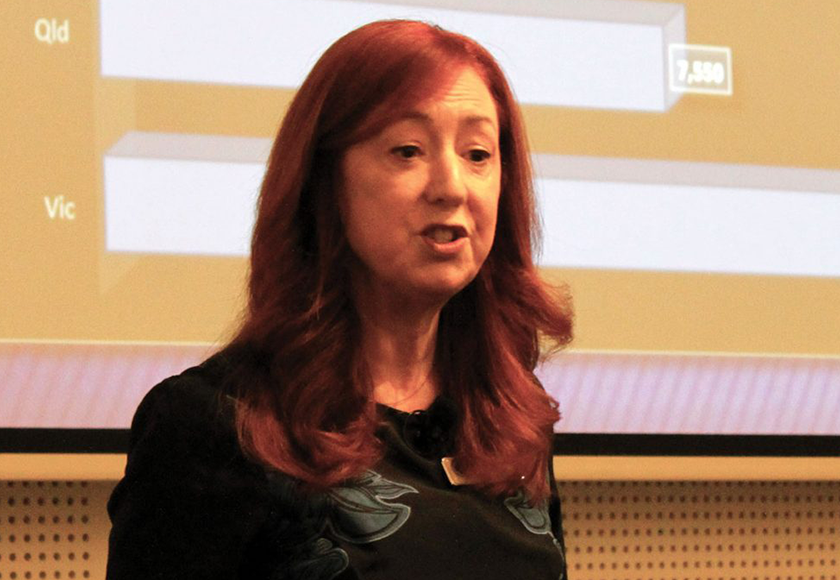
The COVID Staffing Hangover
We start 2022 with a continued and annoyingly repetitive focus on how the pandemic is affecting day to day operations.
Obviously, there is less noise about shutdowns, but this has been replaced with a recurring and pervasive worry about staff shortages and parts supply challenges.
We are working with all state government departments and with the Federal health officers to project out what the year may look like and, pending any more unexpected variations, our economy is set to return to some level of normality in the coming months.
The supply side challenges will ease as we come out of the holiday period and late February/early March will see transport lines return to better and more reliable delivery timeframes.
Despite these reassuring signs, it is time to accept that we may never be (exactly) the same again. We lived through this uncertainty and fear and for many people, this has had an ongoing or lasting effect on job choice and long-term career options.
This will not be welcomed news by anybody because we were at crisis staffing levels before the pandemic and to hear that the COVID headache is going to affect and restrict access to qualified staff is not good.
We know we can’t afford to lose competent and valued staff – no matter what area of business operation, we are already concerned about how we will fill existing and potential vacancies.
If we look to similar overseas markets, we can see that the risk of staff losses is now increasing significantly. In America it now has an official title, ‘The Great Resignation,’ because staff are re-thinking what matters to them and in many cases, clearly what matters right now is a rethink of their career choices.
The largest cohort of resignations is in mid-career employees between 30 and 45. The resignations in 2021 peaked in mid-year but continue to be abnormally high and have continued into early 2022.
Even without a career change – there is rethinking about how we work: some staff have enjoyed the flexibility of remote work and are looking to continue, while others have been reminded of how much they enjoy the company of their colleagues and want that experience again.
Some employees, especially in our industry, kept working despite the anxiety and the workload and frankly, they just want a break from the constant COVID anxiety.
The lesson here is that the risk of staff losses has increased, and we just can’t afford that right now – so now is the time to focus on how we can mitigate that risk.
Research tells us that now is the time to do a health and safety check in – demonstrating concern and interest in employees’ mental health, physical well-being and identifying any workplace hazards has never been more important than it is right now.
We do care about employee welfare, of course we do. But how that is demonstrated on a day-to-day basis could be a key factor in employee retention.
Lesley Yates,
AAAA Director of Government
Relations and Advocacy
